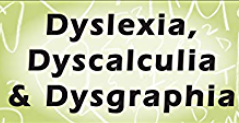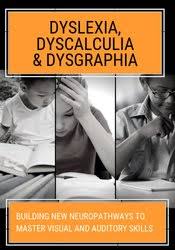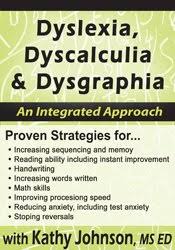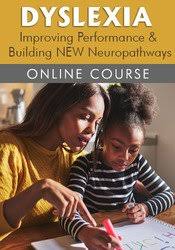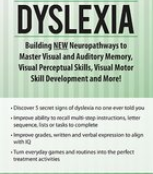🌟 New Year Offer 🌟
Celebrate 2025 with 30% OFF on all products! Use code: NEWYEAR2025. Hurry, offer ends soon!
This presentation demonstrates how to identify underlying deficiencies and Create IEPs and 504 plans that address student needs.
Mary Asper – Dyslexia, Dyscalculia and Dysgraphia
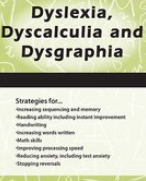
Introduction
- Dyslexia, Dysgraphia and Dyscalculia
- Anxiety and stress: physical and emotional
- IEPs and 504’s
- Accommodations and Support
Evaluate and Assess for
- Executive function
- Auditory Processing
- Visual Processing
- Phonemic Awareness
TREATMENT STATEGIES
Executive Function
- The typical development
Sensory Development – Auditory Processing
- The typical development
- Reading has an impact and Writing
- Auditory attention
- Focused listening
- Sound discrimination
Vision and Sensory Development
- The typical development
- Reading and writing impact and Math
- Behavioral Optometry
- Visual attention
- Visual sequential memory
- Visual form constancy
- Use colored overlays
Phonemic/Phonological Awareness
- The typical development
- Reading has an impact and Writing
- Effect on comprehension
- Sound/symbol correspondence
- Auditory bombardment
- Chunking and blending
- Whole-Classroom activities
Anxiety
- Ability vs. Performance vs. Ability
- How to recognize anxiety in the classroom
- Planning and Organizing to reduce anxiety
- Create opportunities for success in school
- Peer support
- Self-advocacy
More Treatment Strategies for …
- Reading
- Written Expression
- Math Concepts and Calculation
Dyslexia, Dysgraphia and Dyscalculia In the Classroom
- When, why, and How to introduce Assistive Technology
- Hands-Activities
Case Studies/Experiential Group Activity
- Make an intervention plan to help students with LD
Would you like a gift? Mary Asper – Dyslexia, Dyscalculia and Dysgraphia ?
Description:
Dyslexia, Dysgraphia Or Dyscalculia These are some of the most challenging learning disorders in education today. Many students with these disorders struggle to complete academic tasks and maintain positive social relationships with their peers. and adults, and You are constantly under stress
This recording will explain how executive function and visual impairments can be corrected.-perceptual and Visual-motor skills, and auditory processing skills affect a student’s ability to read and Grade your writing and age appropriate levels. Participants will examine the impact of visual processing and cognitive development. and Organisations must have mathematical ability. and Learn how to support and Help struggling math learners.
This presentation demonstrates how to identify underlying deficiencies and Create IEPs or 504 Plans that effectively address individual student’s needs. You will create a plan which includes game.-Phonemic, assistive technology, based learning and Focused auditory interventions and phonological awareness. and Simple techniques that improve visual processing ability
Upon completion of this program, you will be able to provide strategies to address your student’s/client’s:
- Visual perceptual skills
- Visual motor integration
- Auditory and Visual memory
- Reading rate, accuracy, fluency, comprehension
- Phonetic awareness and Memory
- Spelling and Handwriting problems
Here’s what you’ll get in Mary Asper – Dyslexia, Dyscalculia and Dysgraphia

Course Features
- Lectures 1
- Quizzes 0
- Duration Lifetime access
- Skill level All levels
- Language English
- Students 0
- Assessments Yes

